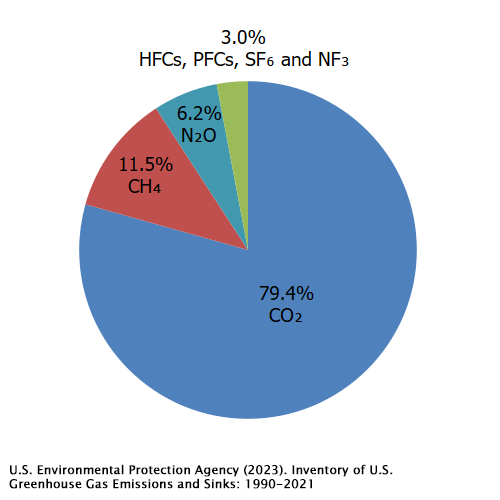Learn about the relationship between carbon sequestration and soil fertility. This is Part 1 of a three-part mini-series in our Soil Series.
Carbon sequestration is the process of capturing and storing greenhouse gases to mitigate climate change. Like the panels in a greenhouse, these carbon-based gases trap heat and raise temperatures.
According to the U.S. Environmental Protection Agency (EPA), the primary greenhouse gas emitted through human activities is carbon dioxide (CO2). Yet CO2 is also produced through natural processes, and it’s not the only carbon-based gas that’s blamed for causing global temperatures to rise.
Is carbon sequestration the answer to climate change, or is this process and its value misunderstood? At Go Natural Education, we encourage you to think critically about the issues facing our environment. We hope what you’re about to read will help.
Natural Carbon Capture and Soil Fertility
Photosynthesis, the process by which plants use sunlight to convert carbon dioxide into organic matter, is a natural form of carbon sequestration. Plants, trees, and other forms of vegetation naturally absorb and store carbon dioxide from the atmosphere. Grasses sequester carbon, too. That makes our lawns and fields vital, and not just for the animals that live on, in, or under them.
So, let’s look beyond those blades of grass and consider what’s happening both above and below ground.
When grass is alive, its roots secrete organic compounds that provide food for soil microbes that support plant health. As these microorganisms consume these compounds, they release carbon dioxide into the soil. Then, when the grass dies and decomposes, the carbon that’s stored within the roots and blades of grass is transferred to the soil. This natural decomposition increases the soil’s organic matter.
This promotes soil health and fertility. It also sequesters carbon. But what happens if the grass is gone? Part 2 of our mini-series considers this.
You Might Also Like
What is Soil and Why Is It Important? Introducing the Soil Series
